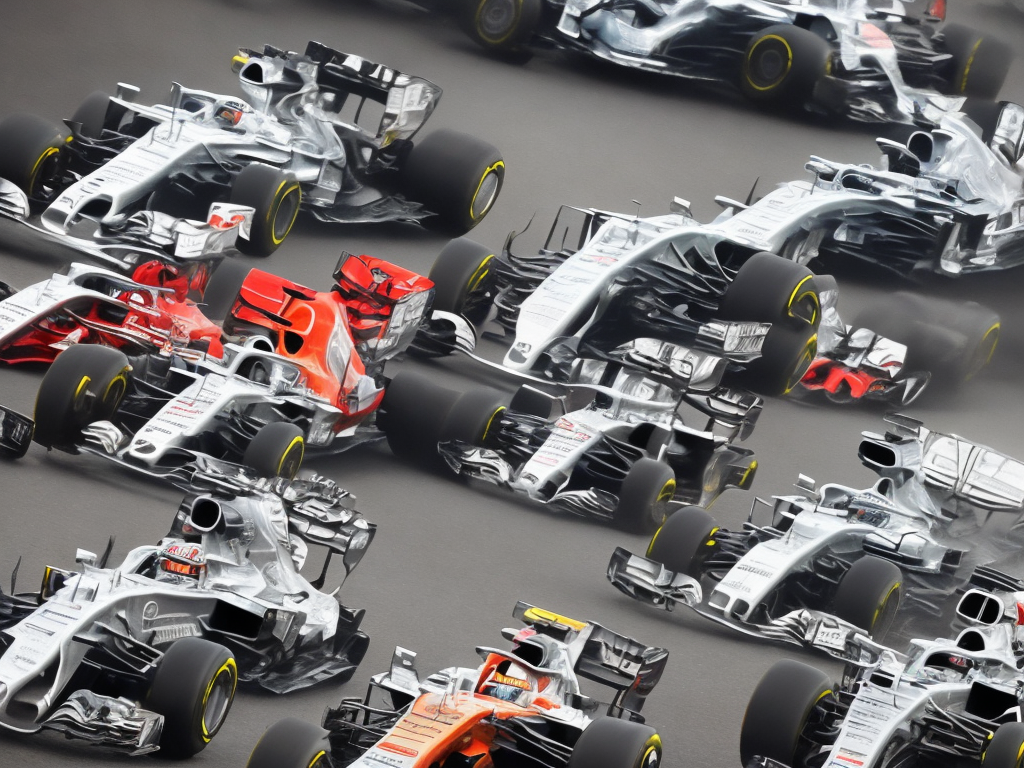
Racing is one of the most thrilling and exciting sports in the world. Many people have a love and passion for high-speed racing, which has led to the creation of various racing categories and championships. Two of the most famous racing categories in the world are IndyCar racing and Formula One (F1) racing. Both have a long and rich history of providing adrenaline-pumping and edge-of-the-seat racing. However, despite some similarities, there are many significant differences between these two forms of racing.
The Cost
One of the primary differences between IndyCar and F1 is the cost of the two types of racing. F1 is notoriously expensive, with a single car costing upwards of $15 million. In contrast, an IndyCar will cost you around $3 million at the beginning of the season. The cost difference is primarily due to the technology used in the two types of cars. An F1 car is loaded with advanced technology, while IndyCar utilizes a less sophisticated racing technology.
The Configuration
Another notable difference between these two types of racing is the configuration of the cars. IndyCar racing is much simpler in terms of configuration, as the cars have no power steering or electric systems. In contrast, F1 vehicles are equipped with advanced technology. In addition, F1 cars have many controls on the steering wheel that are used to adjust elements like brake balance, engine mapping, and differential settings. Essentially, an F1 drivers' work starts just before getting into the car. They have to prepare to handle the amount of variables they can control in order to get the most out of the car.
The Engines
The two types of racing also differ in terms of the engines used. While IndyCar cars have a V-6 engine, F1 cars have a V-6 turbo hybrid engine that produces a significantly greater amount of power. Specifically, F1 engines are designed to produce a maximum of 1000 horsepower, while IndyCar engines generate around 600 horsepower.
The Tracks
Additionally, IndyCar and F1 racing also differ in the types of tracks utilized. IndyCar races primarily occur on oval tracks, which are banked turns. These tracks tend to promote close racing and high-speed overtaking maneuvers while F1 circuits feature more traditional road courses, composed mainly of left and right turns. They're more complex, with tighter turns, plenty of obstacles, and require a broader range of previous experience and training to complete efficiently.
The Regulations
Another crucial difference between indy racing and F1 is the regulatory framework. While both areas have significant regulations in place for racing, they differ significantly. F1 is more regulated, with rules covering every aspect of racing, from driver aids to rev limits, tire selection to qualifying procedures. Indy Racing has fewer regulations and is more focused on the racing experience than the legal side of things. In comparison, Indy Racing is more geared towards the racing experience rather than hindering or constraining drivers while competing.
The Teams
Another difference in F1 and Indy Racing comes in the way the teams are structured. F1 tends to follow a hierarchical structure, with a few larger teams supported by an extensive network of suppliers. Drivers in F1 may work closely with engineers and other team members to develop specific practices or processes. In contrast, IndyCar teams may only consist of two or three people. The personnel that do make up the teams tend to be more versatile, providing more extensive support to drivers throughout the racing season.
Conclusion
In conclusion, while both IndyCar and F1 racing might seem like similar high-speed sports, the differences between them are significant. From the type of cars used to the tracks they race on, from how they are organized to the regulatory framework governing them, the two racing categories have unique qualities that set them apart from each other. Ultimately, both types of racing offer a different experience and cater to different interests and audiences. Regardless of which type of racing a fan follows, it's clear that they'll be spending many hours enjoying high-speed action.
 Self-Instruct
Self-Instruct